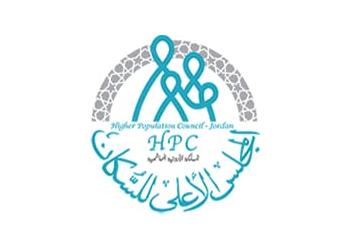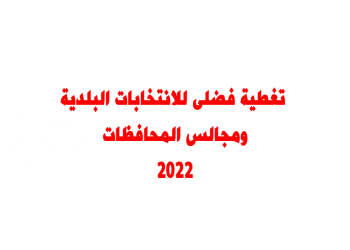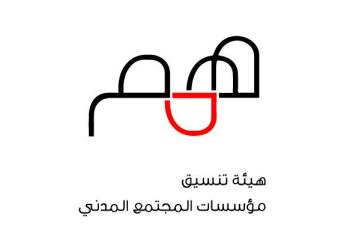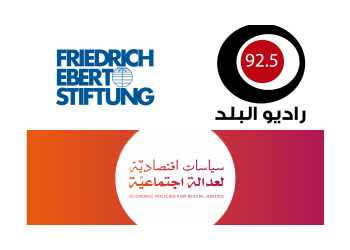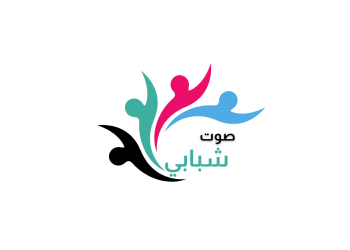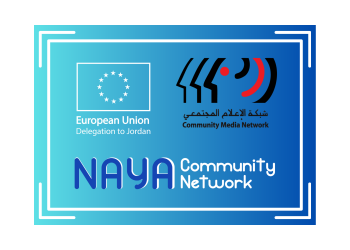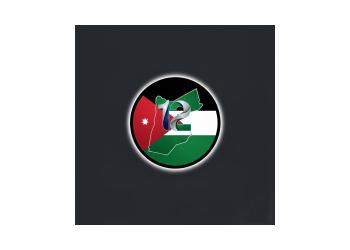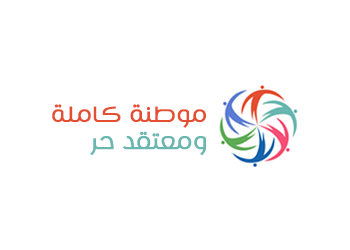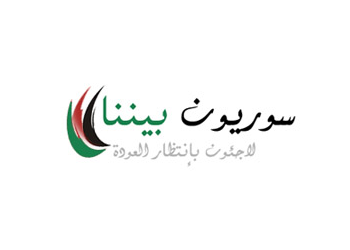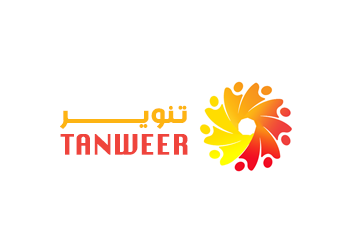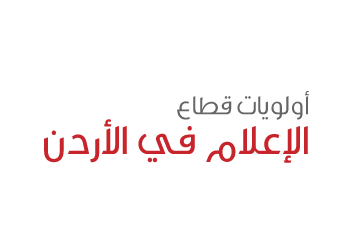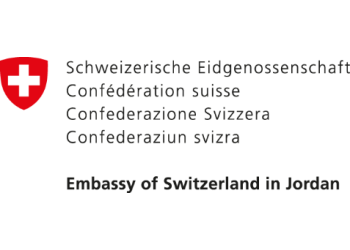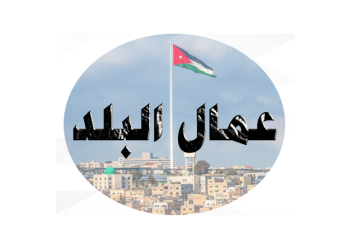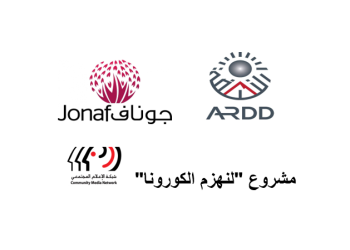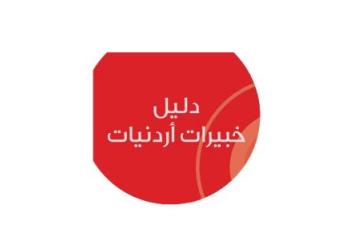Breaking out of tourism seasonality

Tourism is presently the world’s biggest industry, contributing a great deal to the gross domestic product of many countries around the globe, as well as being a major job creator and earner of hard currency.
In Jordan, tourism contributed more than $3 billion in the first nine months of 2010, according to the Jordan Tourism Board (JTB), making the sector a great national earner.
Notwithstanding that, however, tourism to the Kingdom is characterised by its high seasonality, stretching from the beginning of the fall until the end of spring. During these peak months, most visitors coming to Jordan within packages do so for cultural tourism.
Recent figures provided by the JTB for the first eight months of 2010 show a growth of 30 per cent over the same period of 2009, a great increase that is likely to continue.
Good and welcome as it is, the tourism wave creates certain bottlenecks because of the pressure to find qualified guides and room supply in peak seasons. This can be avoided if there is greater flexibility in the way local tourism is approached.
The need to supply guides can be easily fulfilled if better training can be instituted for a wider variety of people. Today, for instance, part of the requirements for becoming a tour guide with the Ministry of Tourism and Antiquities is a seven-month course besides a university degree.
There are guides who obtain university degrees in architecture, history, antiquities studies, and are multilingual. Flexibility means training more graduates holding such degrees in less time, thus meeting the demands of the tourism sector.
Moreover, creating more job opportunities alleviates unemployment, which stands at more than 14 per cent amongst young graduates in the country. The tourism sector can furnish thousands of jobs and posts in hotels, tourism companies and other suppliers.
The tourism industry in Jordan currently boasts more than 30,000 direct jobs, not to say anything about the indirect ones, created as spin-offs in the different areas of the national economy.
Another crucial challenge is the over-demand and undersupply of hotel rooms. A good example is Petra. As the rose red city is a UNESCO World Heritage Site, there are restrictions when it comes to obtaining building licences for new hotel rooms, which have become more stringent recently. However, the Petra Development and Tourism Region Authority has embarked on a master plan to revisit all rules and regulations.
Major stakeholders in the tourism industry, in conjunction the Jordan Tourism Board, should play a proactive role in approaching other tourism markets, such as conference and event tourism, sport tourism, festival tourism and, of course, religious tourism, which the Kingdom is a great place for.
This will surely break from the present tourism seasonality and ensure a continuous influx of tourists.
These are important challenges that must be faced and mastered to ensure the sustainability of tourism, in line with our National Tourism Strategy, which seeks to increase the tourism contribution to the GDP from 15 per cent to, hopefully, 18 per cent in the coming few years.





